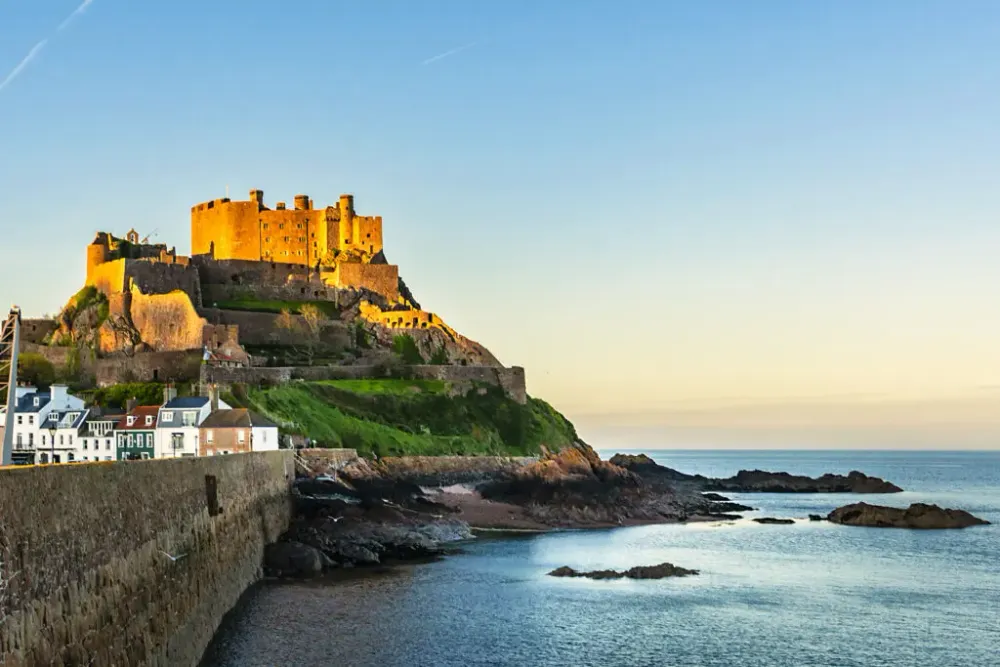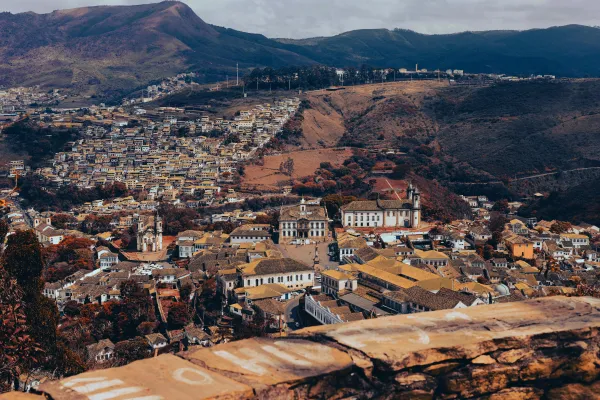How Jersey Reinvented Itself As The Ultimate Hiking Island
Years ago, my grandparents vacationed annually in Jersey, always staying at the same hotel. They were among countless Brits drawn to the largest Channel Island for its VAT-free shopping and bargain alcohol. In the 1970s, Jersey’s airport was one of the busiest in Europe, and the 1980s TV show Bergerac brought its picturesque landscapes into living rooms across the UK.
Fast forward to today, and Jersey is undergoing a revival—both on screen and off. With Bergerac set for a reboot in 2025, the island is also reinventing itself as a destination for adventure seekers. Gone is the budget holiday image; instead, Jersey is embracing its rugged coastline and natural beauty. The upcoming Tidal Trail, launching later in 2024, will position Jersey alongside Ireland’s Wild Atlantic Way, offering itineraries that encourage deeper exploration of its shores, oyster beds, historic towers, and geological wonders.
Curious about what my grandparents might have missed, I decided to explore Jersey myself—and discovered why it’s fast becoming the ultimate hiking island.
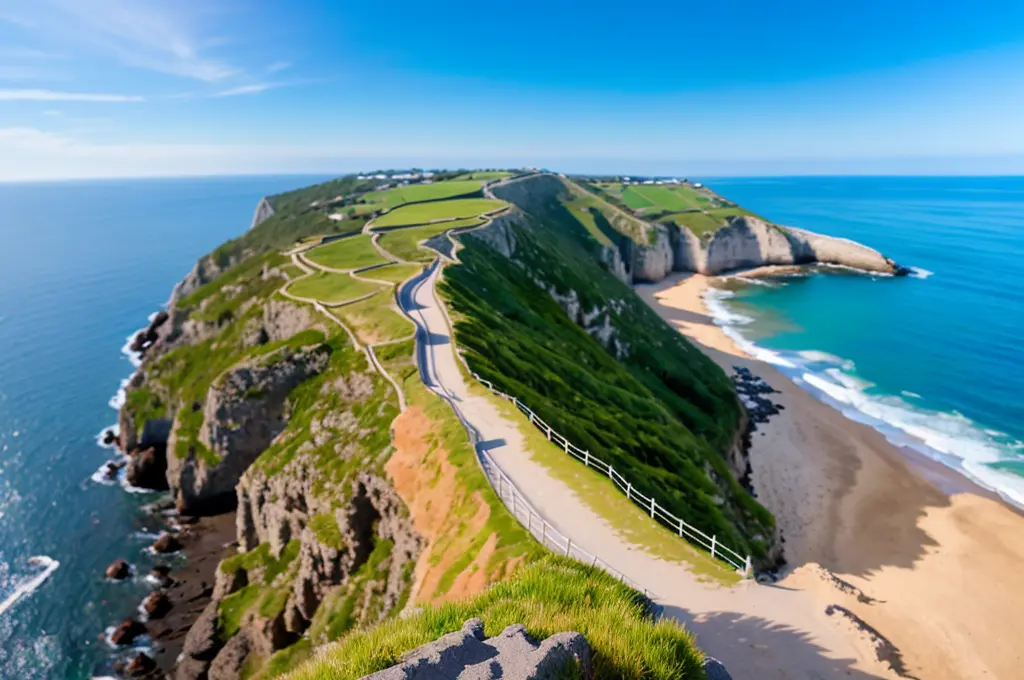
Walking Around an Entire Island
Jersey measures just 9 miles by 5 miles (14.5km x 8km), making it small enough to circumnavigate on foot without feeling rushed. Its coastal footpath stretches 48 miles (77km) and takes you past every cave, cove, and nook along the way. Completing the loop in one go is no mean feat—the annual Island Walk fundraiser saw this year’s winner finish in under 7.5 hours—but why rush?
I gave myself four days, arriving in St Helier at 9:30 a.m. via overnight ferry. Setting off anti-clockwise, I quickly left behind the “big city” (a third of Jersey’s 103,000 residents live in the capital) and strolled along the Havre des Pas promenade. Pausing for a flat white at the Good Egg Beach Café, I watched the sky transform from dreary gray to hopeful silver—and then brilliant blue, which stayed with me throughout my journey.
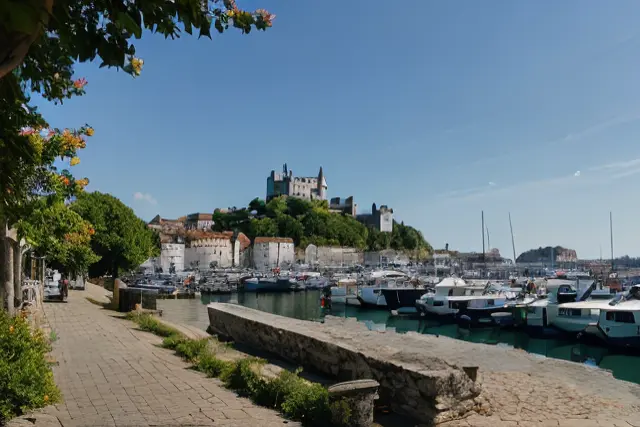
Day One: Gardens, Tides, and Fortifications
My first detour led me to Samarès Manor, the ancestral home of the Seigneur de Samarès. Its Botanic Gardens are a delight, filled with fragrant herbs, heritage apples, and Oriental exotics. Volunteers pruned roses in the formal garden, but I preferred the wildflower meadow, buzzing with bees and butterflies.
Rejoining the coast at Green Island Beach, I spent the next few miles navigating the ever-changing tides. Jersey’s massive tidal range reveals vast rocky shorelines teeming with marine life. When the tide came in, I stuck to the road, alternating between sand, shingle, and pavement as conditions allowed.
The southeast is Jersey’s most developed area, dotted with military fortifications dating back to the 18th century. Towers repurposed by the Nazis during World War II now serve as private homes or holiday rentals. At Grouville Bay, the ruins of Fort Henry sit within a golf course, flanked by German bunkers—a striking juxtaposition of leisure and history.
Highlights of the day included the 6,000-year-old Faldouët dolmen, a mobile sauna at St Catherine’s Bay, and a castle folly at tiny Fliquet. By evening, I reached Château la Chaire, a woodland hideaway where dinner at The Rozel pub—crab potatoes and local scallops—was the perfect reward.
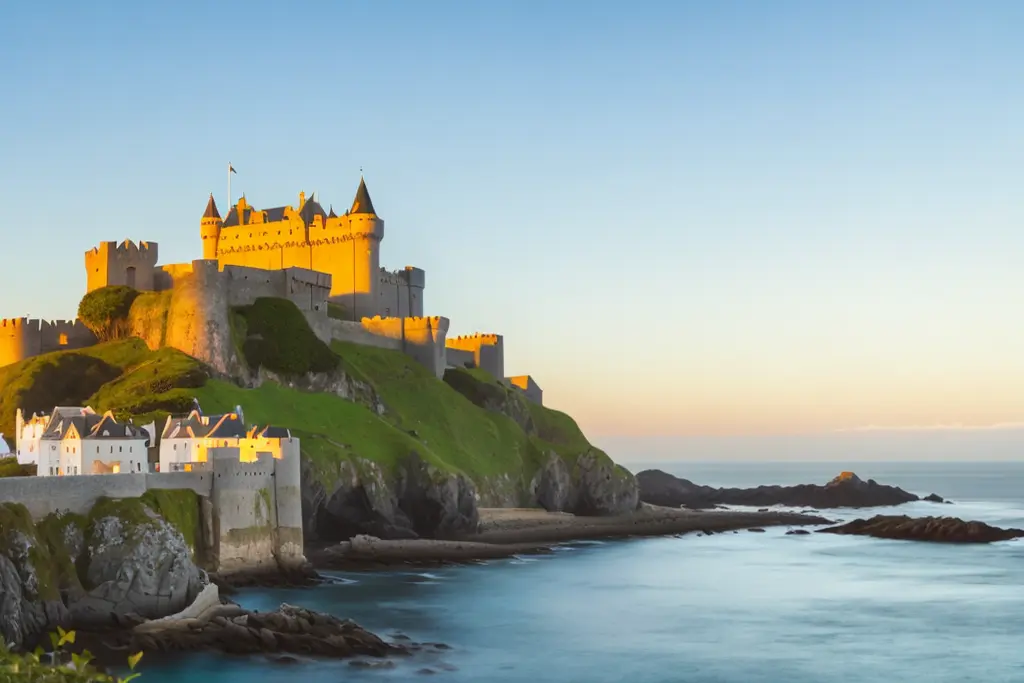
Day Two: Dramatic Cliffs and Hidden Histories
The second day took me along Jersey’s dramatic northern shore, where 600-million-year-old granite cliffs rise sharply above undeveloped sandy bays. The path winds thrillingly through foxgloves and bracken, leaving you grinning despite sore legs.
The smell of frying bacon lured me down into Bouley Bay, where Mad Mary’s café was just opening. Over coffee, I chatted with the owner, who confessed, “We’ve been here a week—it isn’t enough.” Inspired, I pressed on.
Through Egypt Woods, I found the Wolf’s Lair, the site of daring Allied Commando raids in 1943. Nearby, La Crête Fort (now a holiday rental) and a stone commemorating four islanders who died escaping Nazi occupation added poignant reminders of Jersey’s wartime past.
Leaving the coast, I followed one of Jersey’s tranquil “green lanes,” where cyclists, horse riders, and pedestrians have priority, and cars are limited to 15mph. These leafy paths led me to La Mare, a vineyard and distillery. Karen Jones, head of sales, summed up Jersey perfectly: “It’s safe, there’s little trouble, and the beaches are amazing.”
Day Three: Beaches and Bunkers
After a night at the charming La Croix Guest House, I headed to Plémont Bay, often called Jersey’s best beach—but alas, high tide had swallowed it whole. Beyond Grosnez Castle’s ruins, St Ouen’s Bay stretched out before me, a three-mile expanse of golden sand with a laid-back vibe. Potato fields sloped down to the sea wall, surfers rode the waves, and beach cafés evoked memories of the 1980s when this bay was pub-crawl central.
At La Corbière, low tide allowed me to walk the causeway to the lighthouse on its rocky isle. Exploring the nearby Nazi strongpoint was sobering. The Channel Islands were the most fortified part of Hitler’s “Atlantic Wall,” though some speculate officers exaggerated their strategic importance to avoid being sent to the Russian front. Standing amidst twisted metal and crumbling bunkers, it was easy to see why they’d choose Jersey over Siberia.
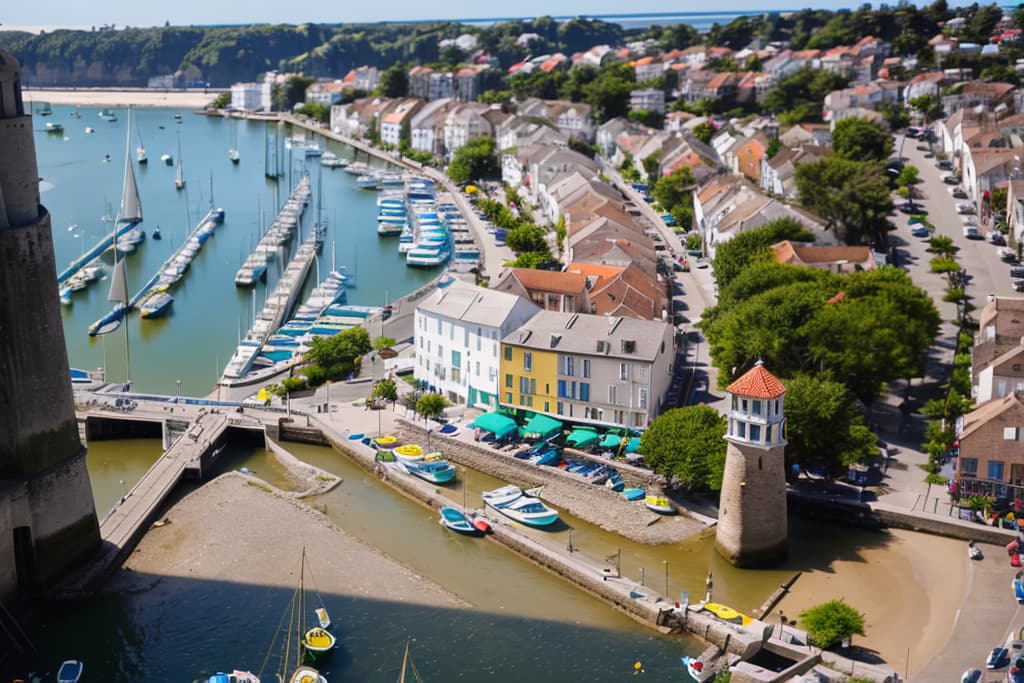
Day Four: A Grand Finale
Returning to St Helier, I treated myself to a stay at Longueville Manor, a 14th-century country house commandeered by Nazi officers during the occupation. After falling into disrepair, it was lovingly restored by Sidney and Edith Lewis, who opened it as a hotel in 1949. Now run by their family, it’s a five-star retreat complete with a heated pool, Victorian kitchen garden, and dining room paneled with wood salvaged from Spanish galleons.
Reflecting on my journey, I realized how much Jersey has transformed. Once dismissed as a budget holiday spot, it’s now a paradise for hikers, blending history, nature, and luxury seamlessly. As I lingered over dinner, I knew I wasn’t ready to leave—and neither would anyone else who set foot on this remarkable island.
Jersey isn’t just reinventing itself—it’s reclaiming its place as a true gem of the British Isles.


